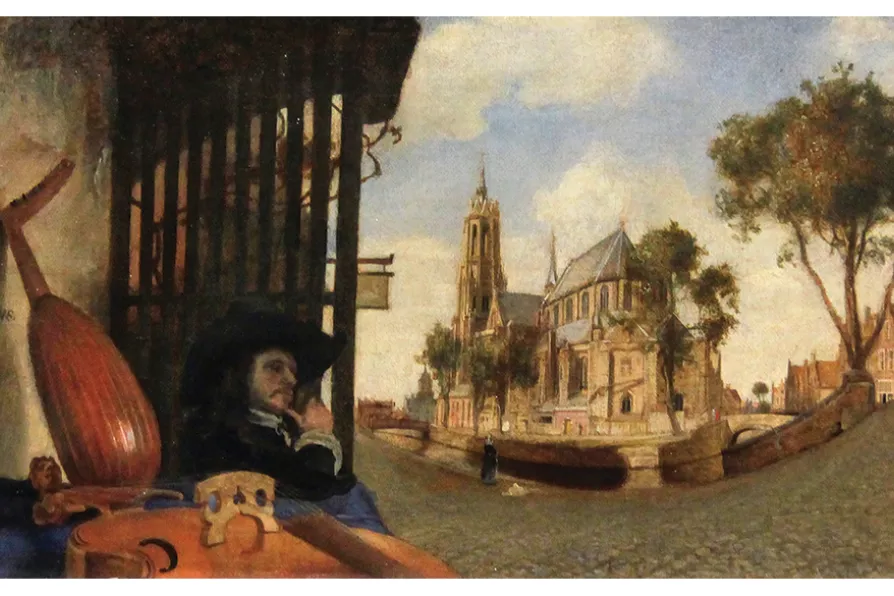RICHARD MURGATROYD enjoys a readable account of the life and meditations of one of the few Roman emperors with a good reputation
‘So familiar and yet so unfathomable’
If 17th-century Dutch art is your thing this must be your book, believes MICHAL BONCZA

 ENIGMATIC: Carel Fabritius’ View of Delft, with a Musical Instrument Seller’s Stall
[Kotomi_/CC]
ENIGMATIC: Carel Fabritius’ View of Delft, with a Musical Instrument Seller’s Stall
[Kotomi_/CC]
Thunderclap: A memoir of Art and Life and Sudden Death
by Laura Cummings
Chatto and Windus £12.99
THE thunderclap of the title was a gunpowder explosion on October 12 1654, which devastated the city of Delft killing over a hundred and leaving thousands injured. Among the dead was Carel Fabritius, Rembrandt van Rijn’s most promising apprentice.
Fabritius holds a special fascination for Laura Cummings as does his View of Delft, with a Musical Instrument Seller’s Stall, painted two years before his death (at the National Gallery, London): “for pictures can shore you up, remind you of who you are and what you stand for.”
Similar stories

This is poetry in paint, spectacular but never spectacle for its own sake, writes JAN WOOLF

CAROLINE FOWLER explains how the slave trade helped establish the ‘golden age’ of Dutch painting and where to find its hidden traces

The Morning Star sorts the good eggs from the rotten scoundrels of the year

Two new releases from Burkina Faso and Niger, one from French-based Afro Latin The Bongo Hop, and rare Mexican bootlegs










